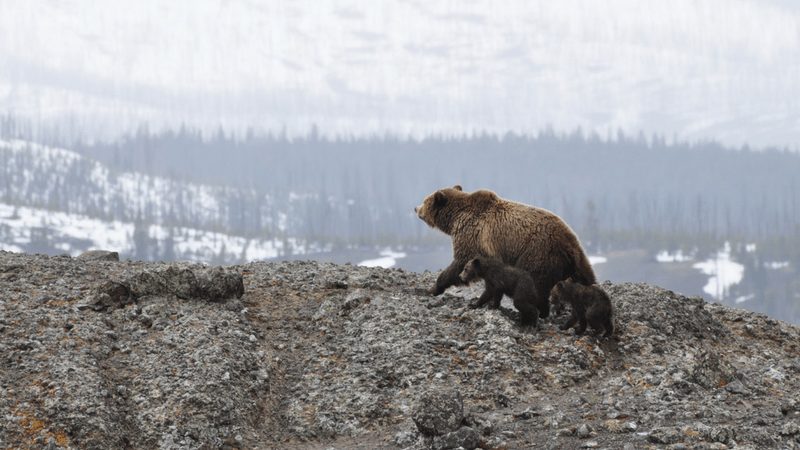Emergencies
Episode #9 of the course Beginning Backpacking by Alice Morgan
Most of the time, you won’t encounter many desperate emergencies in the backcountry. However, there are a few situations that you should be aware of before hitting the trail. In today’s lesson, we’ll cover a few common injuries and illnesses, and I’ll give you some tips on what to do if you find yourself in a true emergency situation.
Before we jump into injuries and illness, it needs to be said that today’s lesson is NOT designed as a substitute for medical training. Rather, it is to help you recognize common mishaps, so you know when to seek outside help.
Heat-Related Illnesses
Heat-related illnesses occur when the body loses minerals and can’t properly regulate temperature. If the body’s temperature gets too high for too long, vital organs can begin to shut down. Heat cramps and heat exhaustion are both in this category and can happen when you’re demanding too much effort from your body without adequate rest, hydration, and snacking. With both conditions, signs and symptoms can include headaches, dizziness, feeling hot and thirsty, muscles aches, and irritability. To prevent heat-related illnesses, drink lots of water, eat salty snacks, and rest periodically.
Hypothermia
Hypothermia is the opposite of a heat-related emergency. Your body is unable to properly warm itself, and your core temperature drops dangerously low. Signs and symptoms can include shivering, teeth chattering, loss of fine motor skills, and feeling very cold. Prevent hypothermia by layering to stay warm and dry, and eat plenty of calories to give your body fuel.
Blisters
Blisters are likely to be the most common injury you’ll encounter on the trail. Blisters are a kind of burn. As you walk, your foot slides around in your boot, which creates friction. The friction causes heat to build up, and your body fights it by creating a protective blister. Your first line of defense is properly breaking in footwear before a long hike. Additionally, make sure to keep your feet clean and dry by periodically changing your socks.
Ticks
Prevent tick bites by wearing long sleeves and pants. You can also tuck your pant legs into your socks to further prevent access to your skin. Make sure to do periodic tick checks.
Bears
The two types of bears you may encounter are black bears and grizzly bears. Black bears are rarely a threat to hikers. If you come across a black bear, give it space and back away. If it starts to look aggressive, make yourself large and make lots of noise. If it charges, stand your ground. Grizzlies do sometime prey on humans. If you encounter one, back away before it notices you. If it charges and you have bear spray, use it. If not, drop to the ground and protect your neck. The bear may lose interest if it thinks you’re dead. If either kind of bear should decide to try and eat you, fight back. The best course of action to prevent bear encounters is to properly store your food, and know local bear procedures.
Snakes
Snake encounters are easy to avoid. If you find one, stay away until it leaves the trail. Snakes are usually most active in warmer months.
Getting Lost
If you get lost, the first thing you should do is stay put. We talked about emergency plans in Lesson 5. Since you left one with an emergency contact, they should send people looking for you when you don’t check in. The closer you are to your planned route, the easier you’ll be to find. Make yourself comfortable and put your energy into attracting help. Light a fire, yell or blow a whistle periodically, and use brightly colored clothing to attract attention.
That’s it for emergencies. Tomorrow, we’ll wrap up the course with some tips and takeaways, and you’ll be ready to pack your backpack and hit the trail!
Recommended book
Wilderness Medicine: Beyond First Aid by William W. Forgey M.D.
Share with friends

